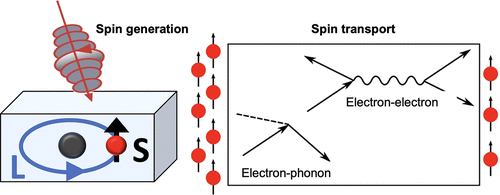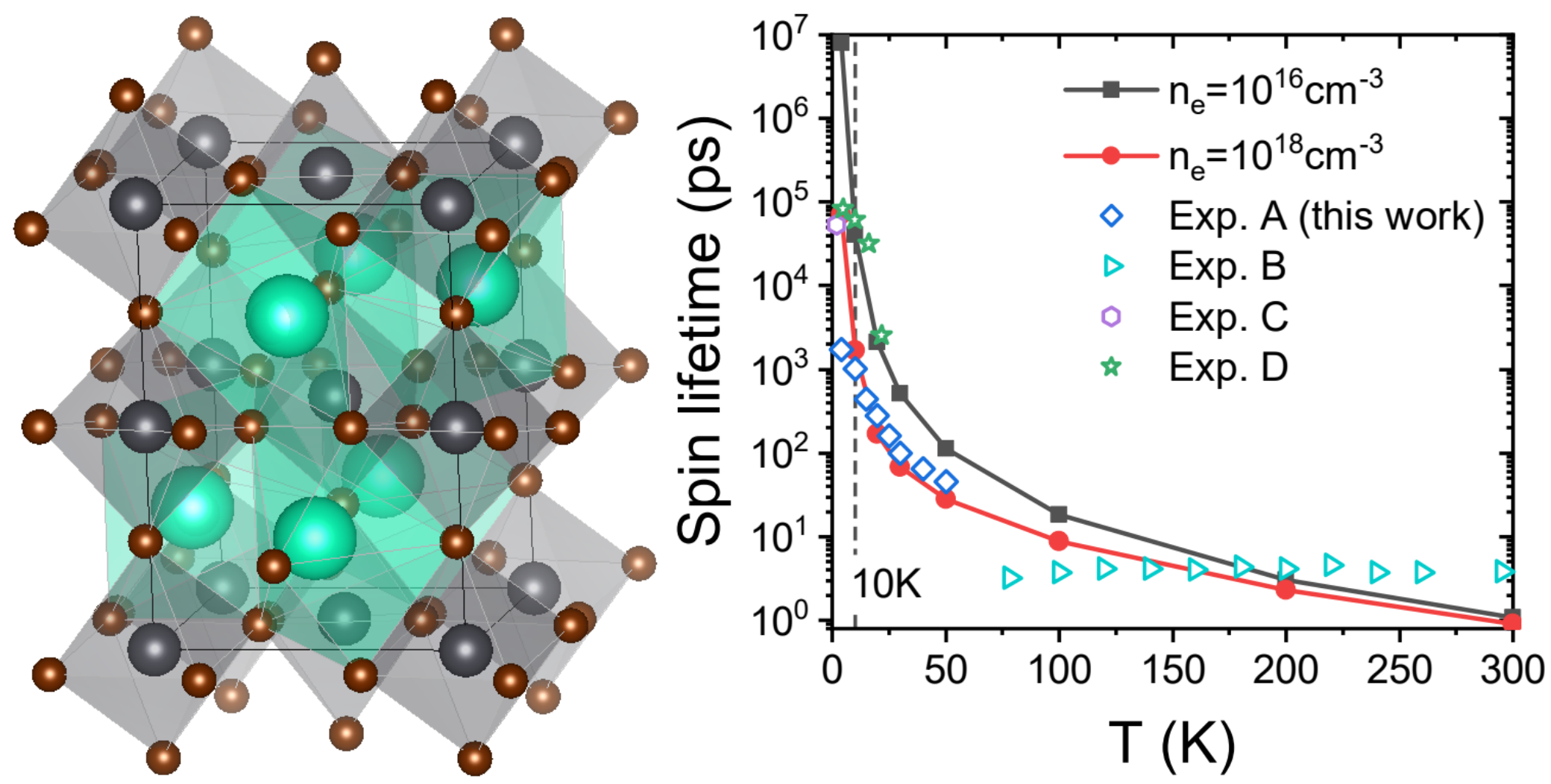Congratulations to Junqing Xu and Prof. Ping for their publication, just accepted by Nature Communications! Link to the published article can be found here. Link to the preprint can be found here.
This work has also been highlighted by UCSC News Press , Santa Cruz Tech Beat, ScienceDaily, Phys.Org, SwissQuantumHub
Designing new quantum materials with long-lived electron spin states urgently requires a general theoretical formalism and computational technique to reliably predict intrinsic spin relaxation times. We present a new, accurate and universal first-principles methodology based on Lindbladian dynamics of density matrices to calculate spin-phonon relaxation time (τs) of solids with arbitrary spin mixing and crystal symmetry. This method describes contributions of Elliott-Yafet (EY) and D’yakonov-Perel’ (DP) mechanisms to spin relaxation for systems with and without inversion symmetry on an equal footing. We show that intrinsic spin and momentum relaxation times both decrease with increasing temperature; however, for the DP mechanism, spin relaxation time varies inversely with extrinsic scattering time. We predict large anisotropy of spin lifetime in transition metal dichalcogenides. The excellent agreement with experiments for a broad range of materials underscores the predictive capability of our method for properties critical to quantum information science.
Figure: Spin relaxation due to the coupling with lattice vibrations – prediction from fully quantum-mechanical calculations (image designed by Xinran Dongfang)





